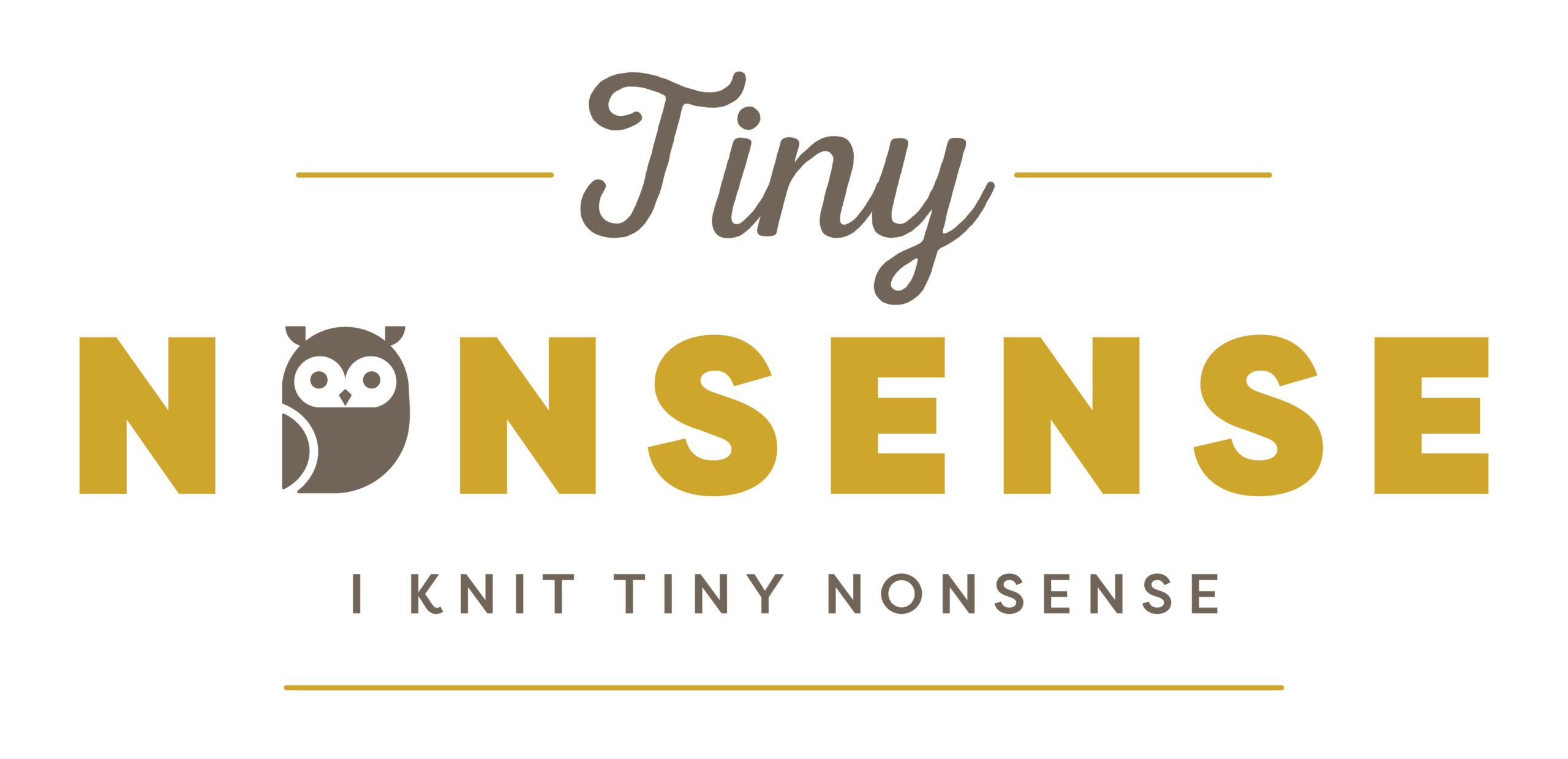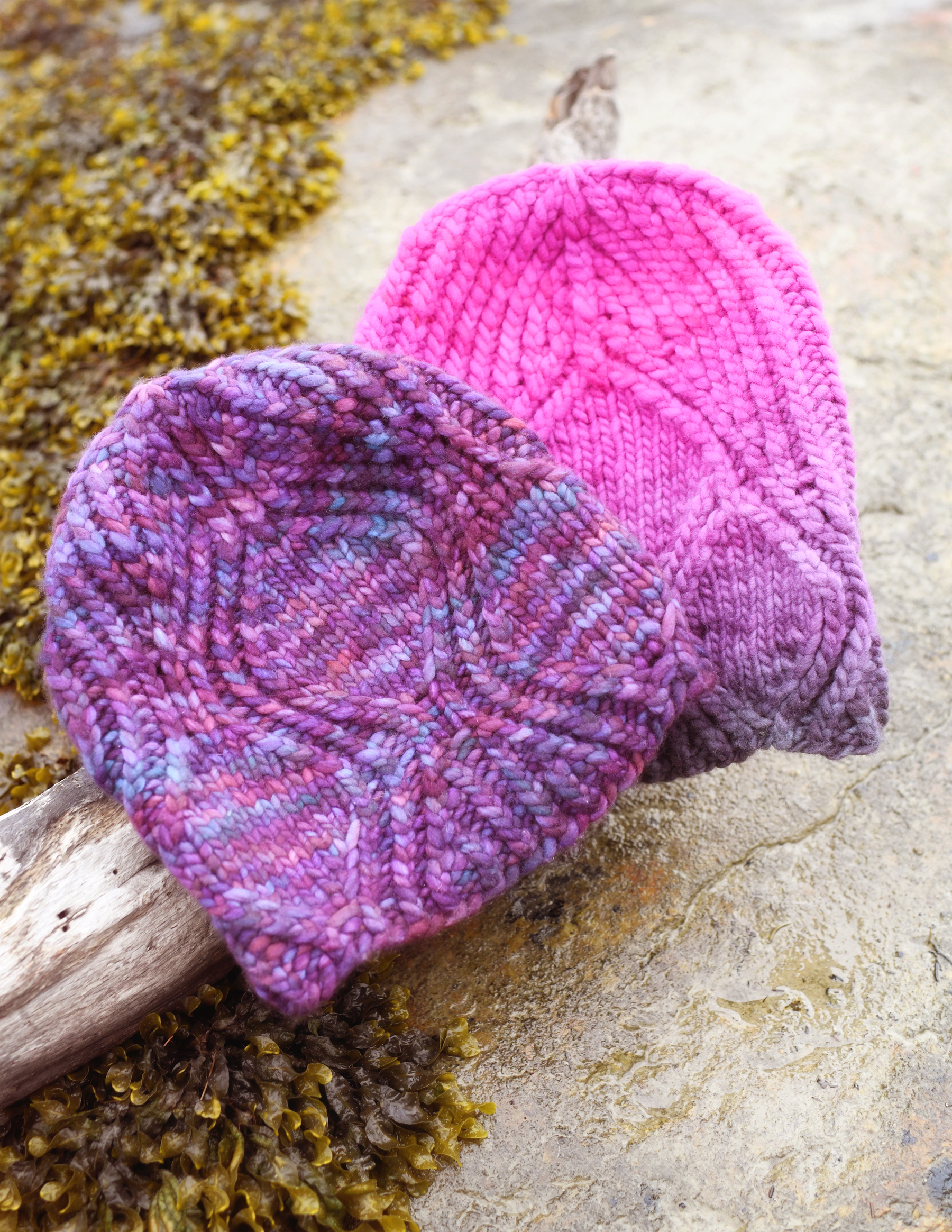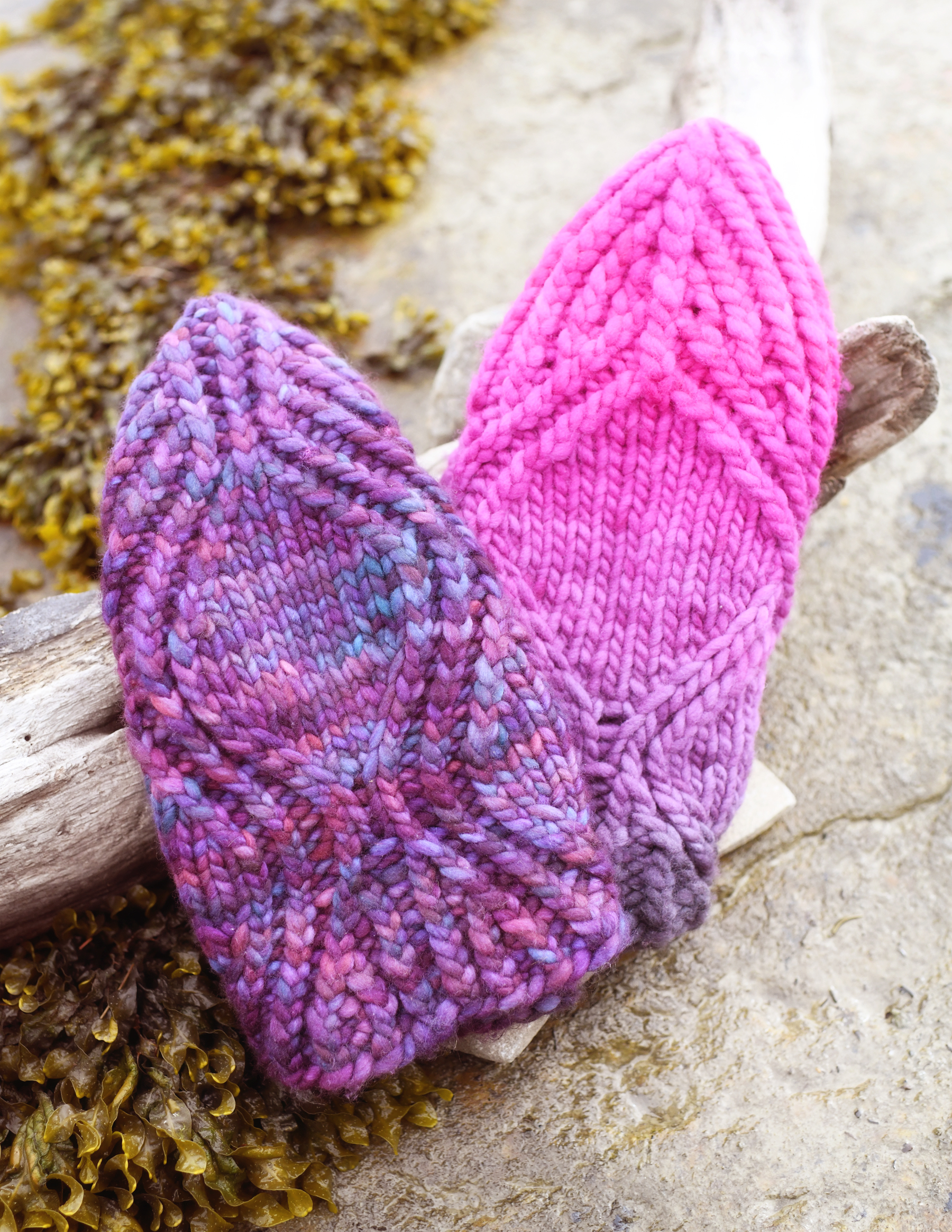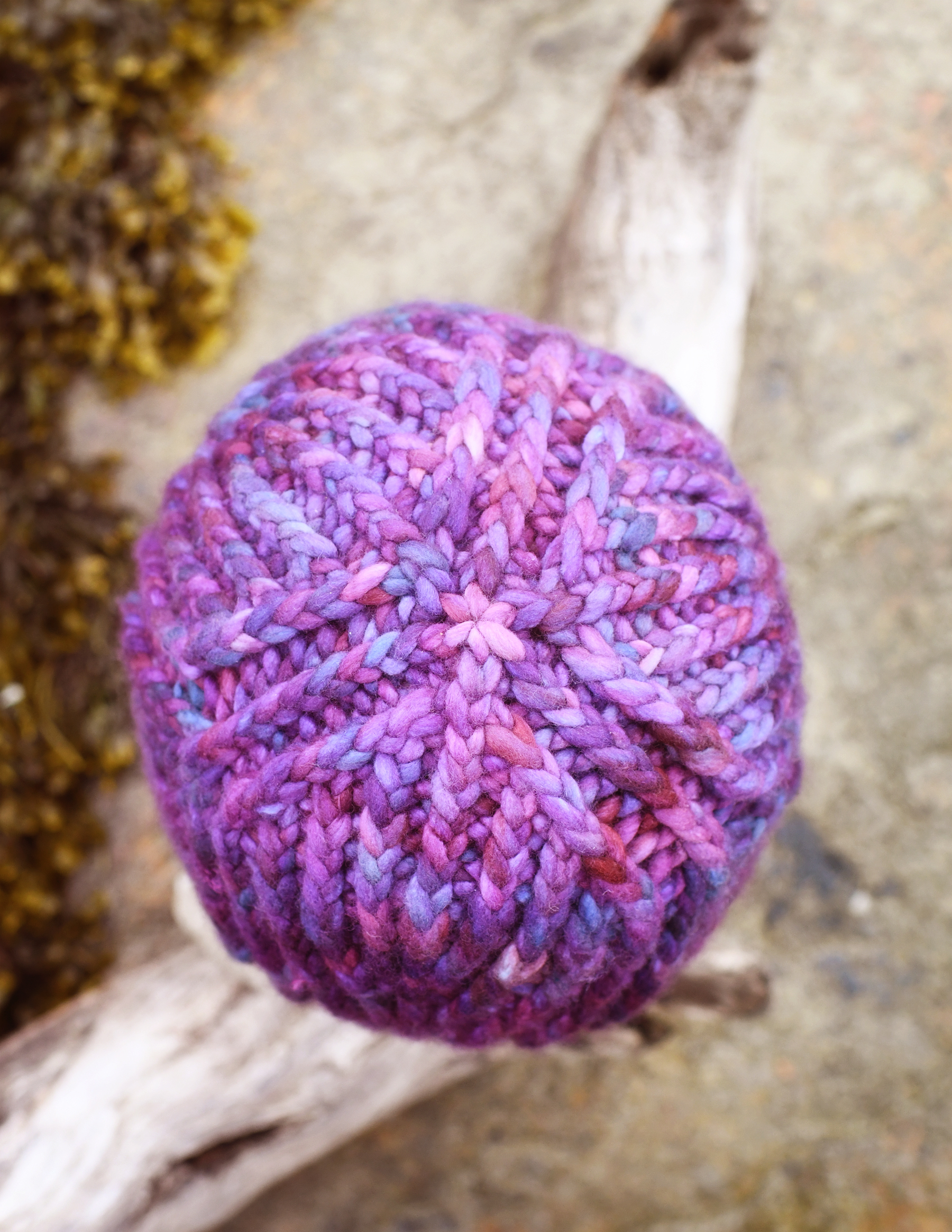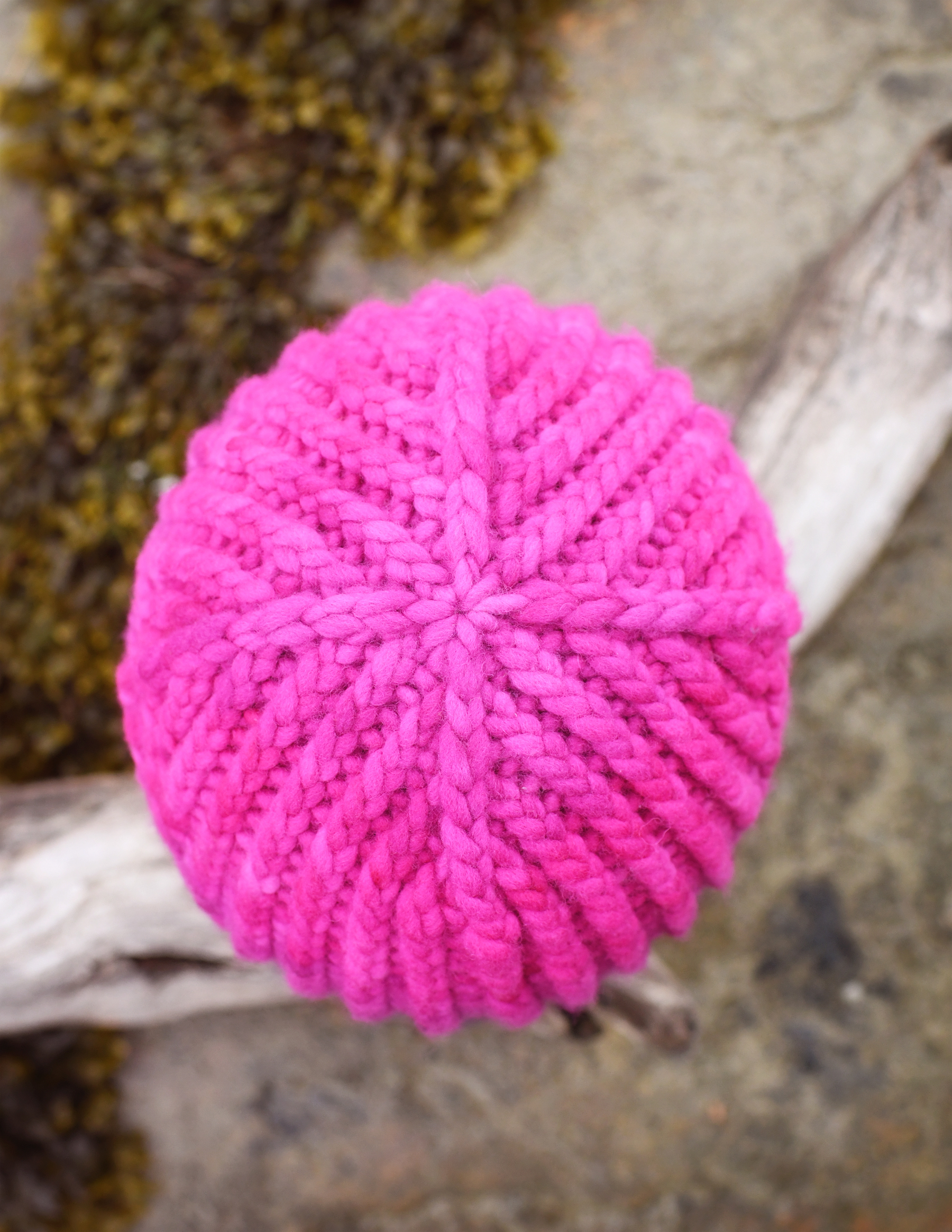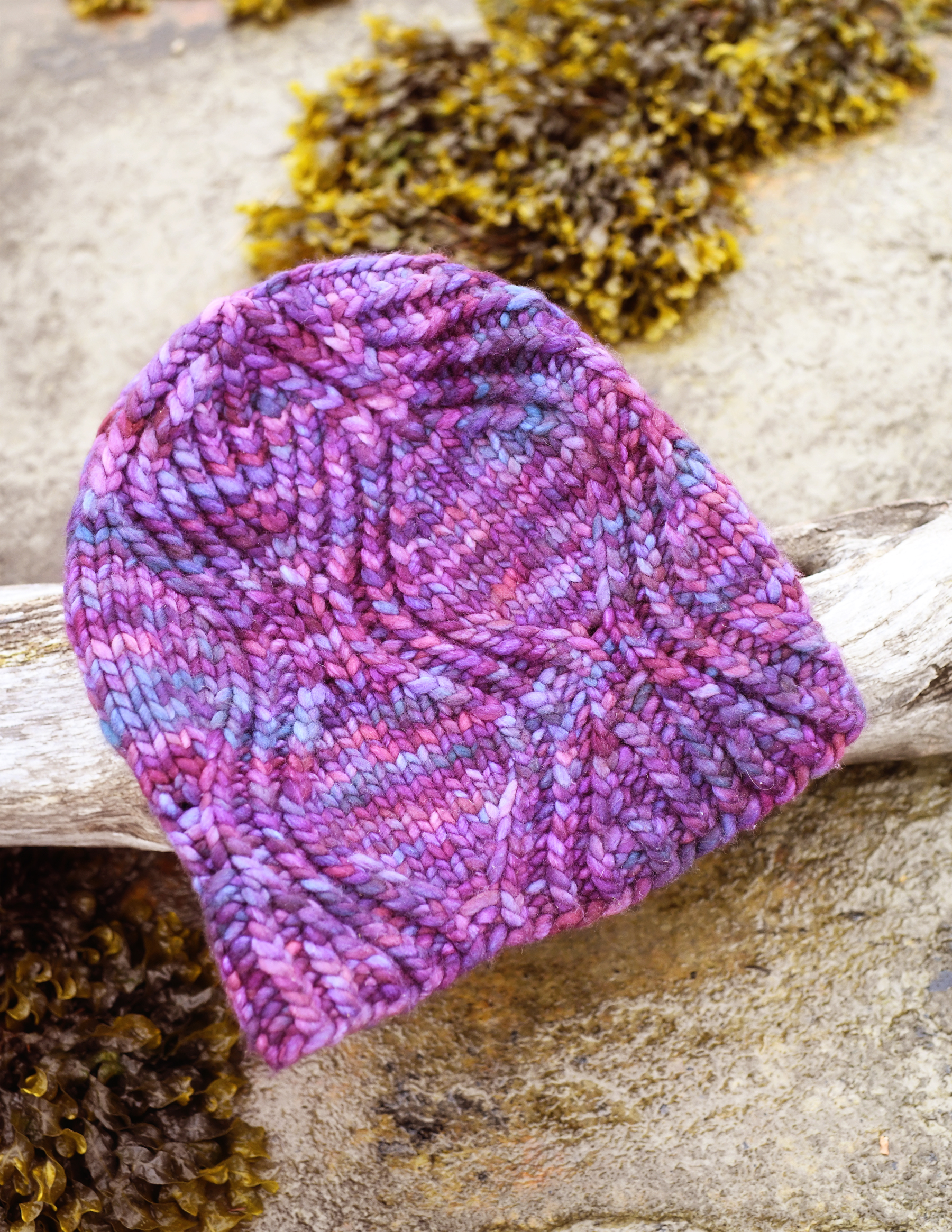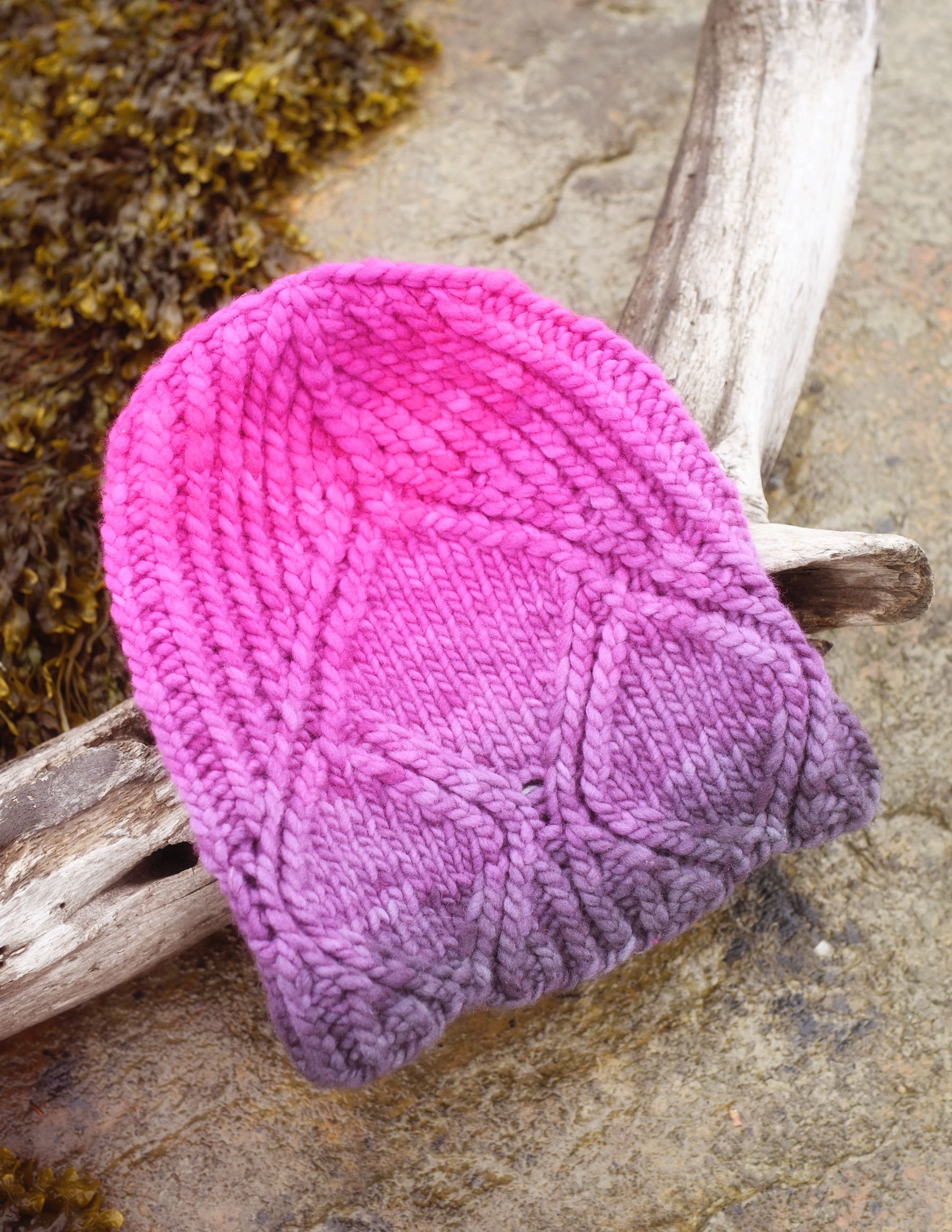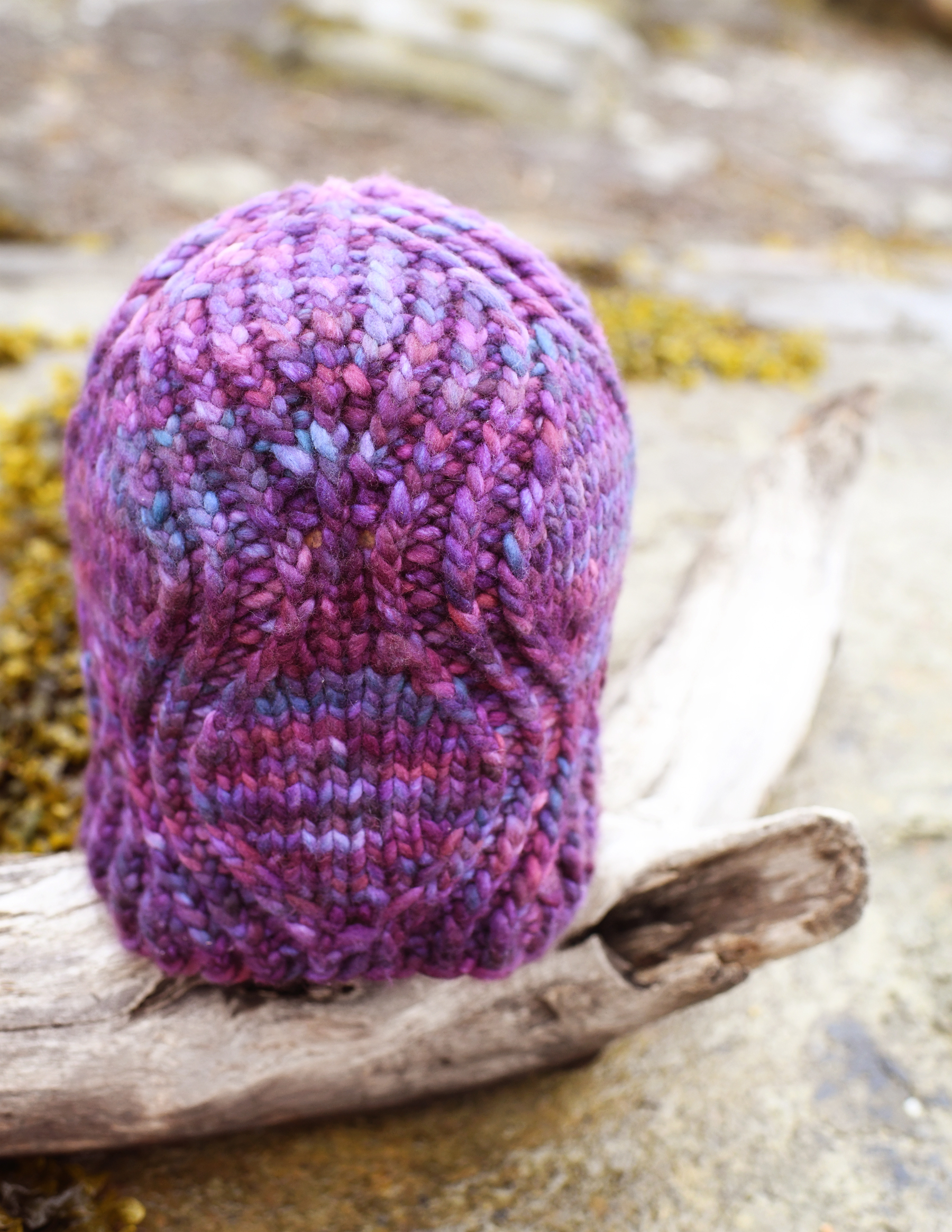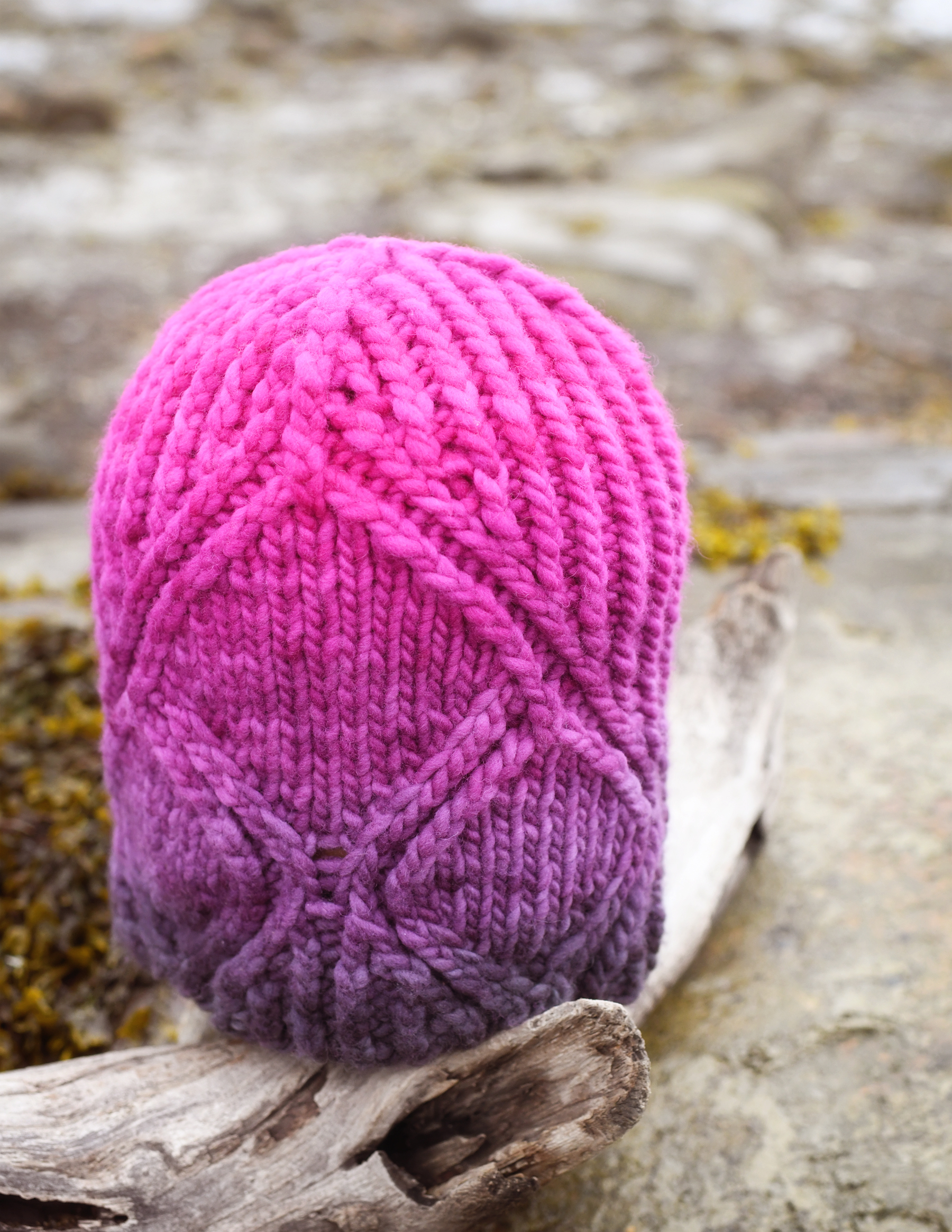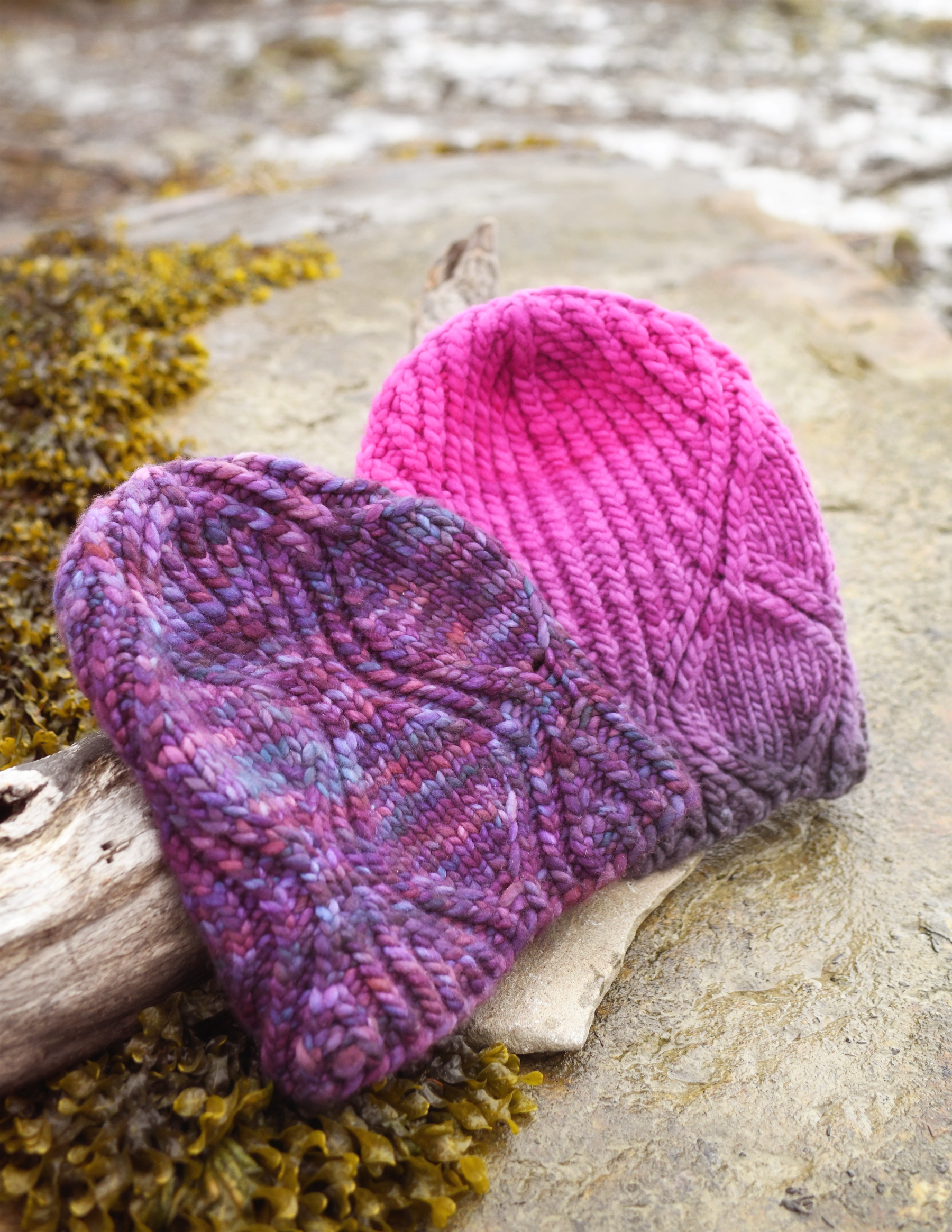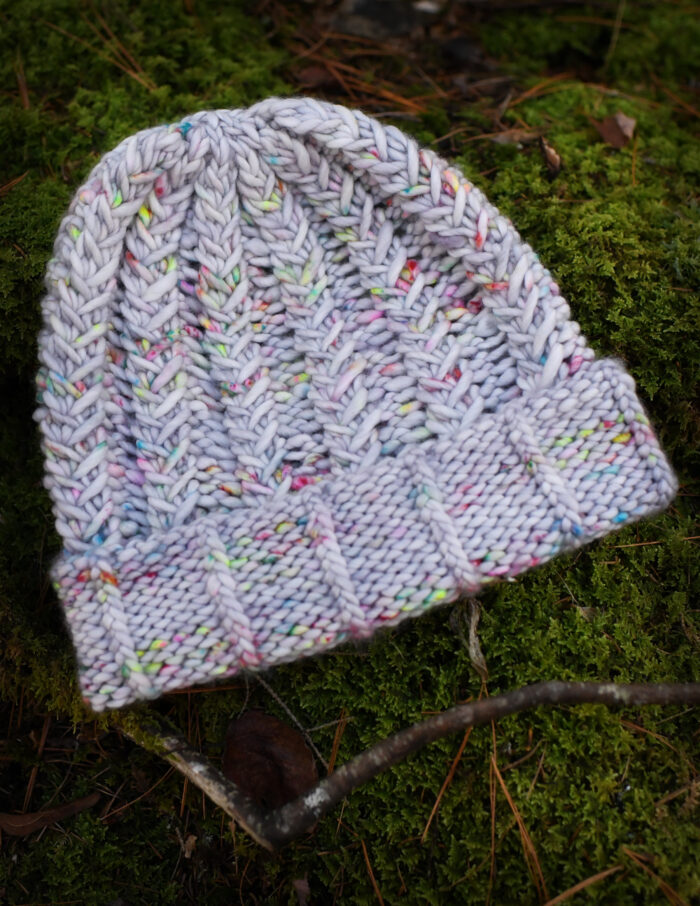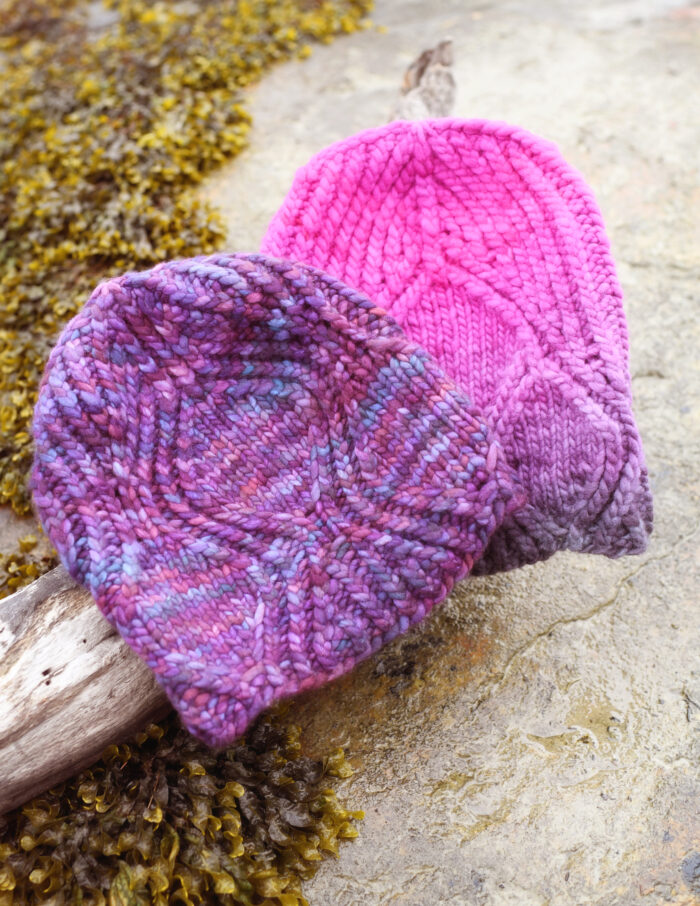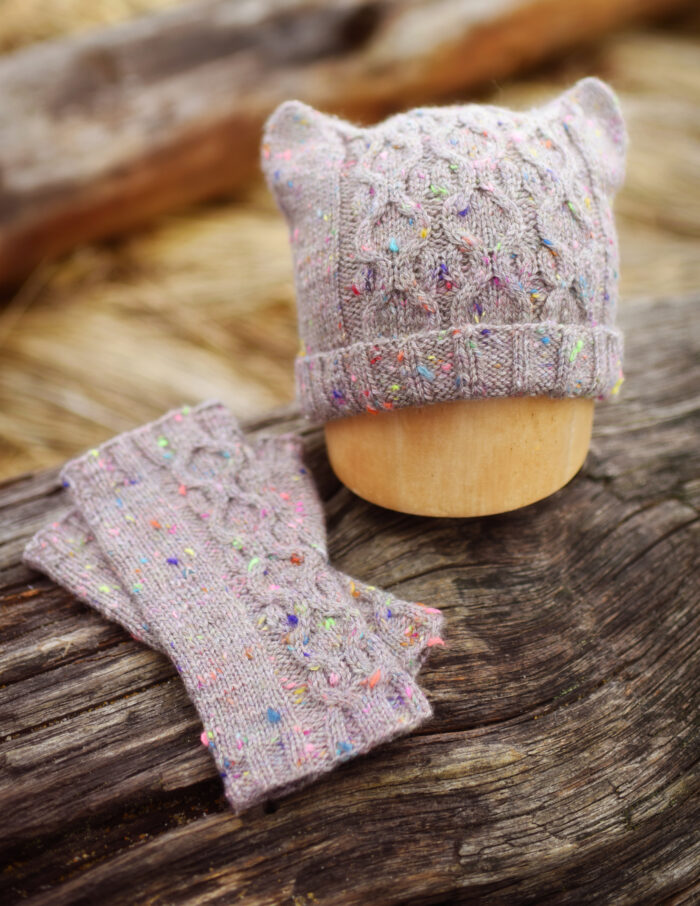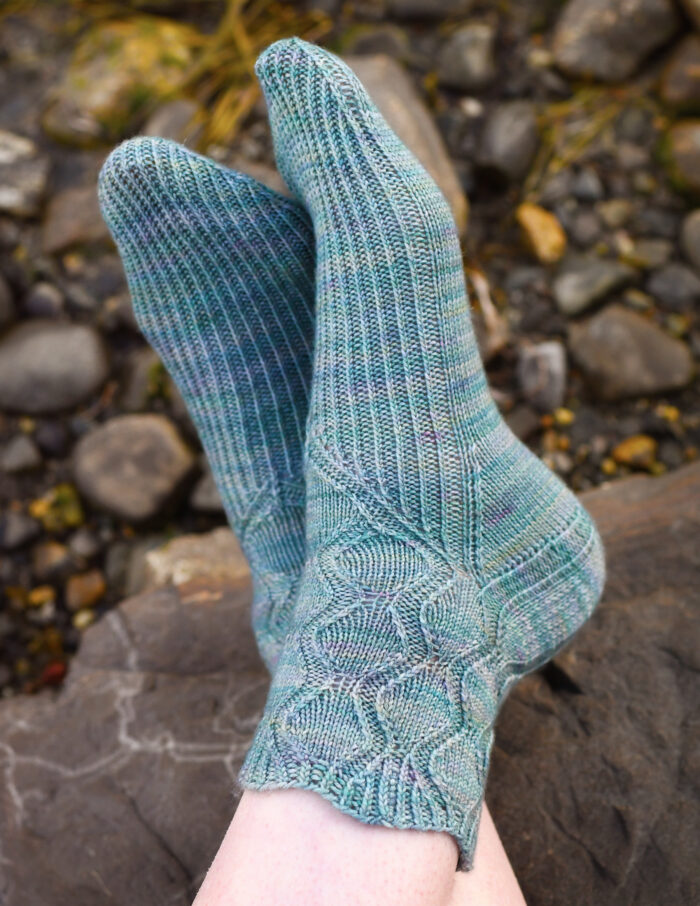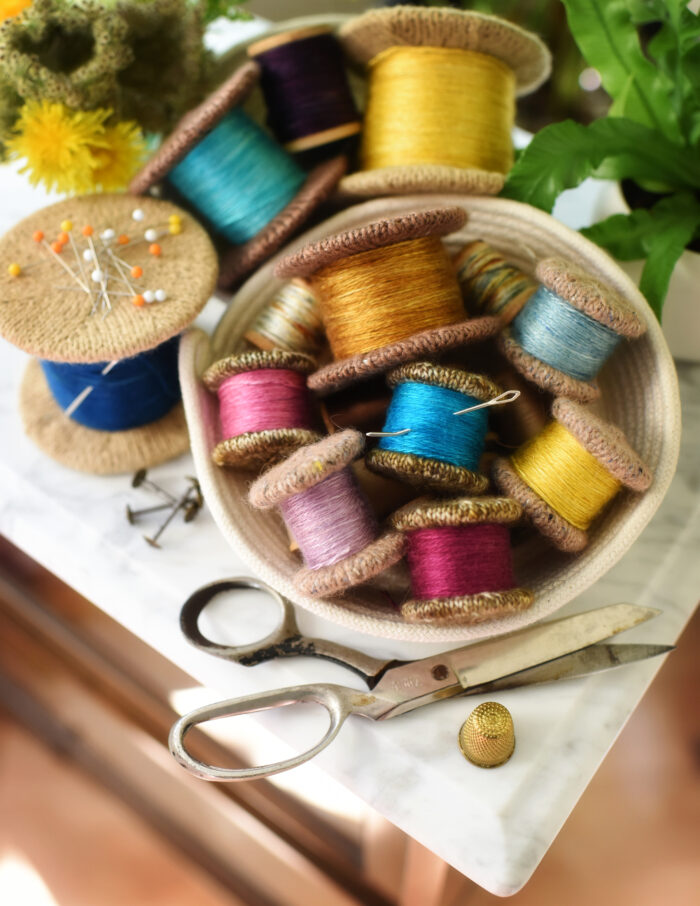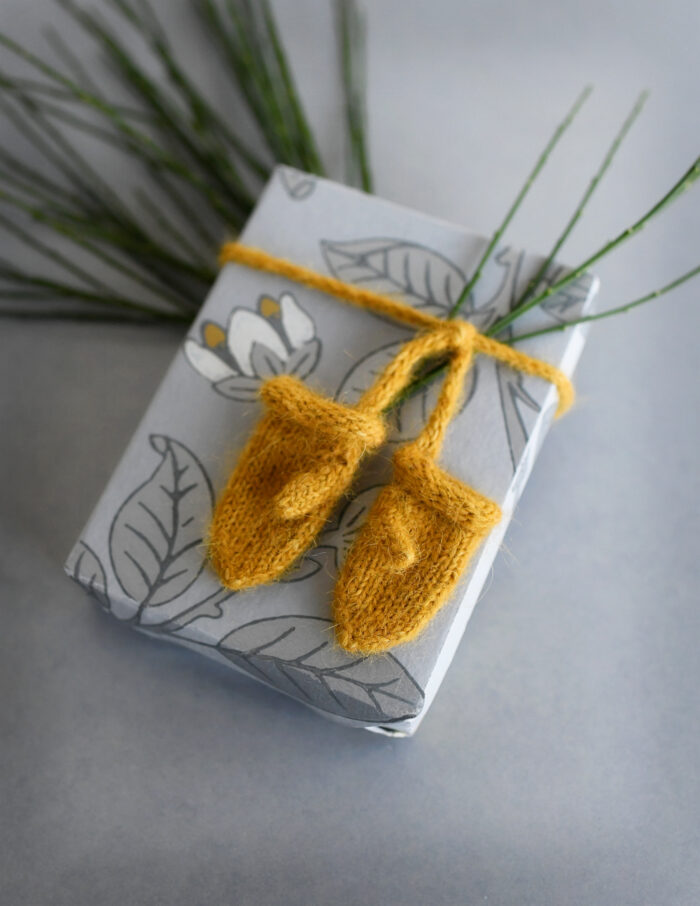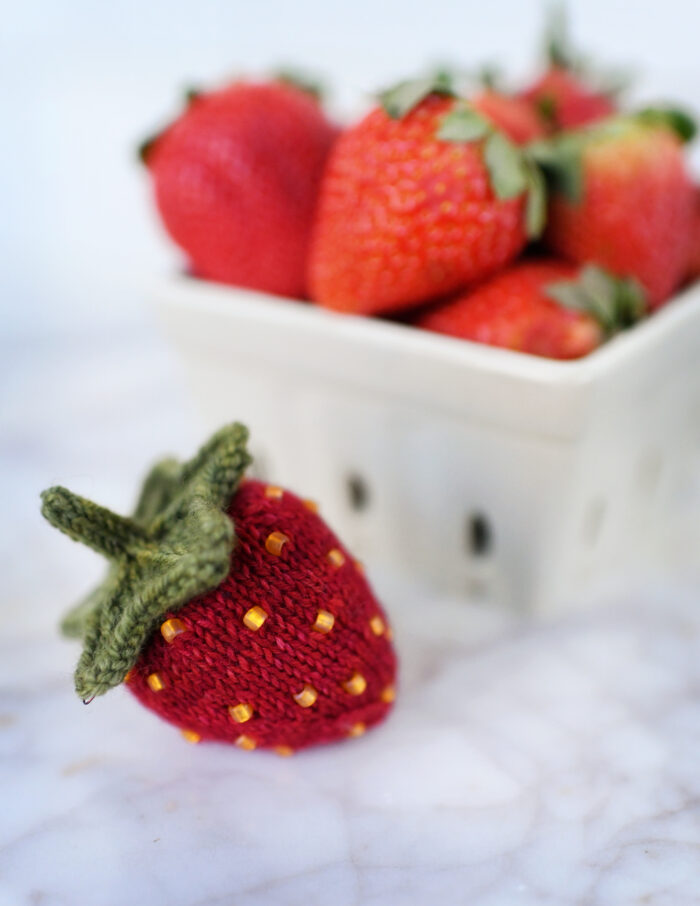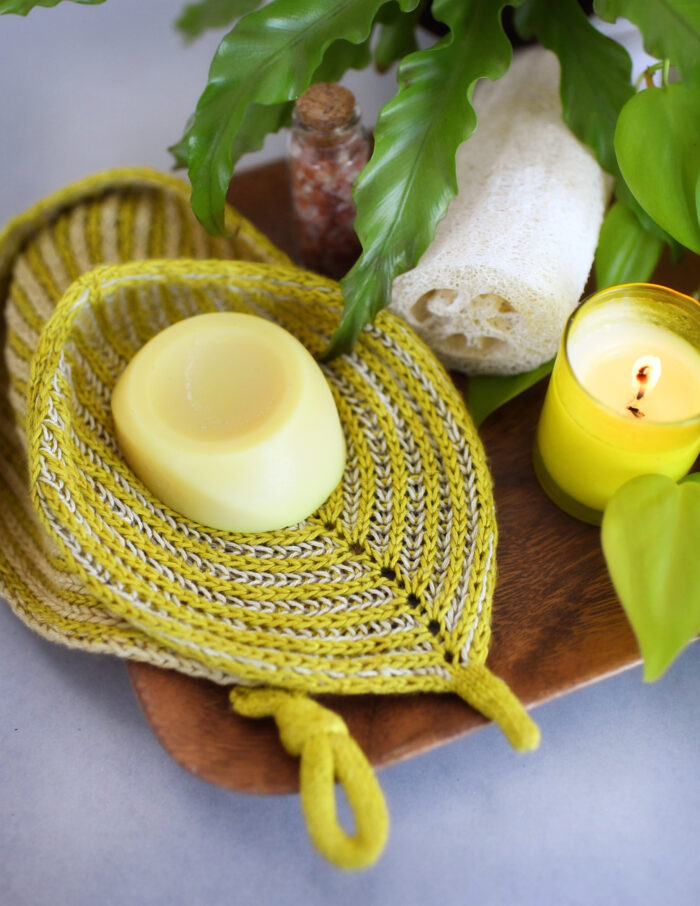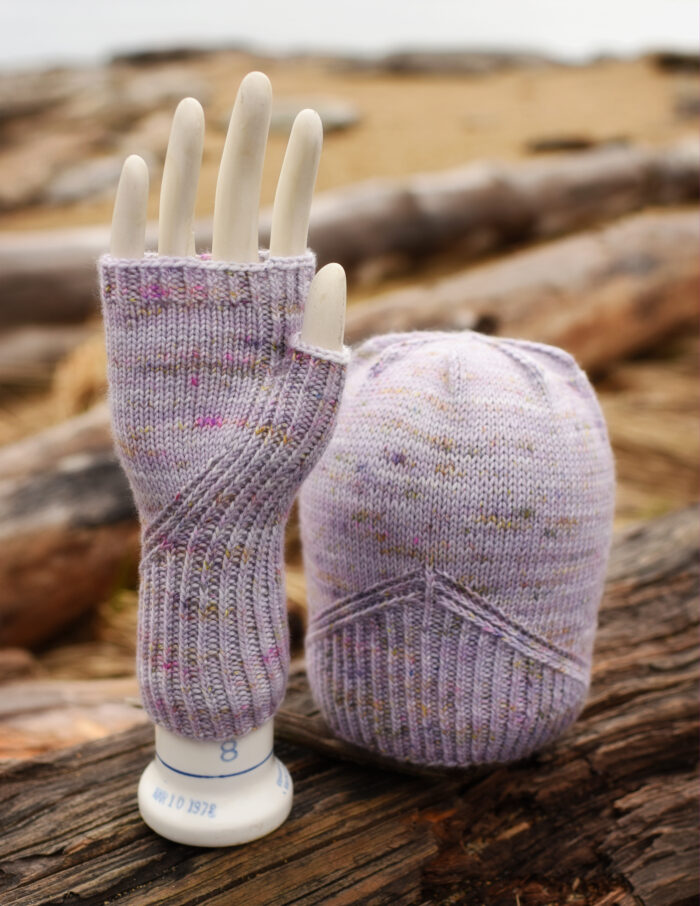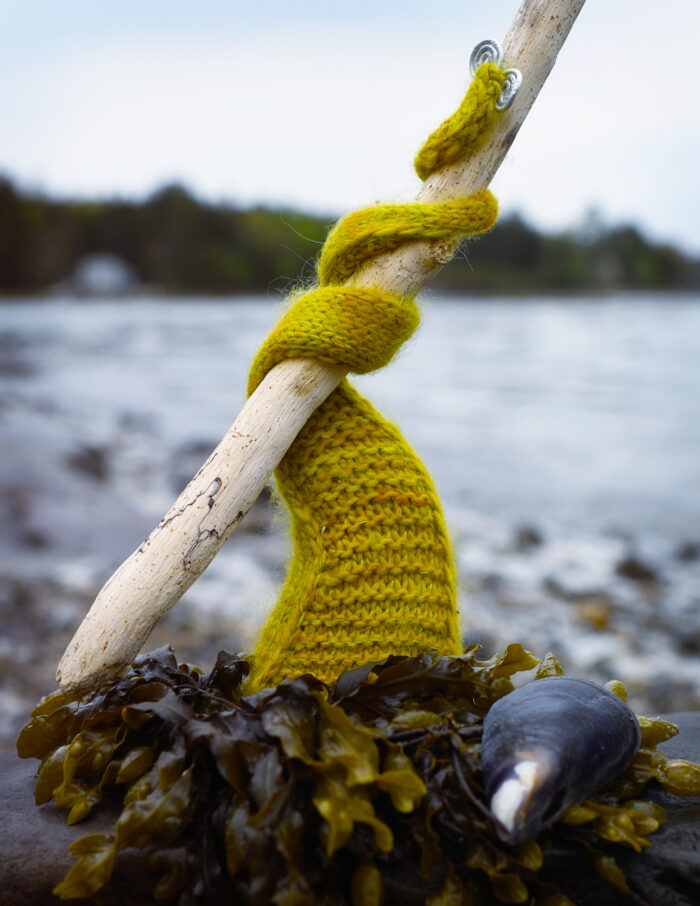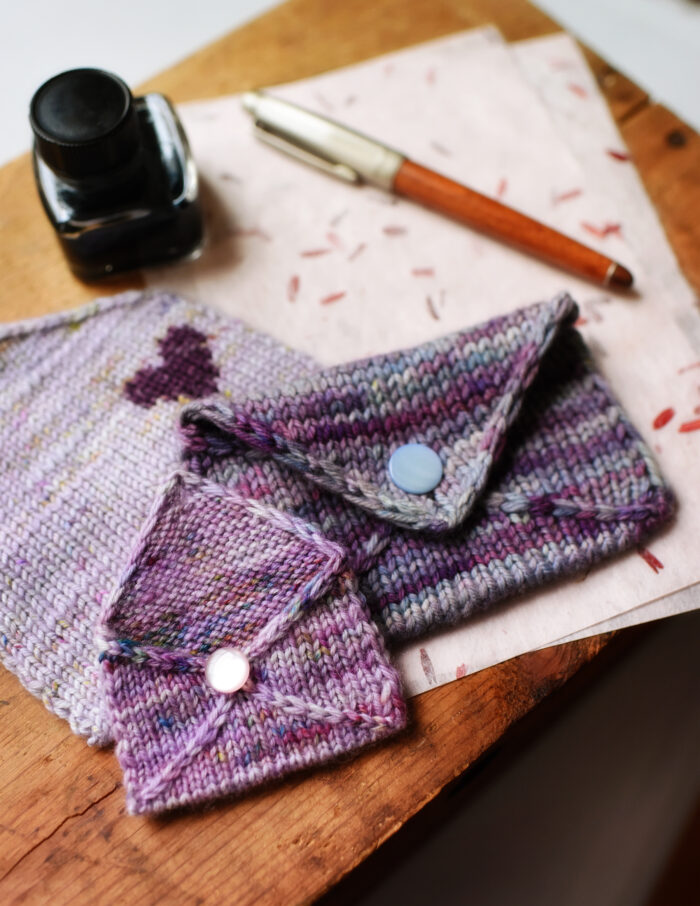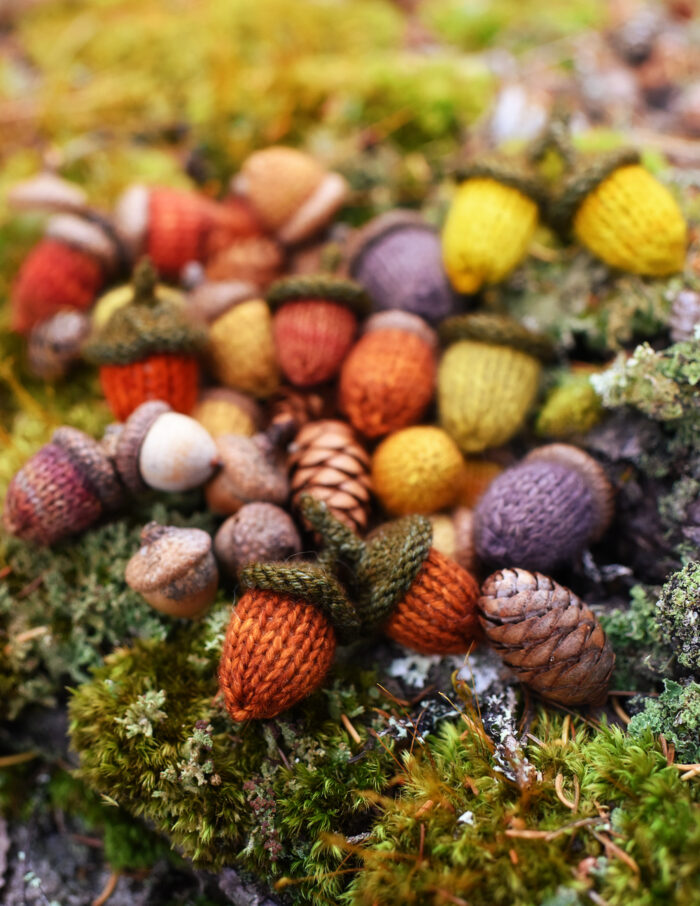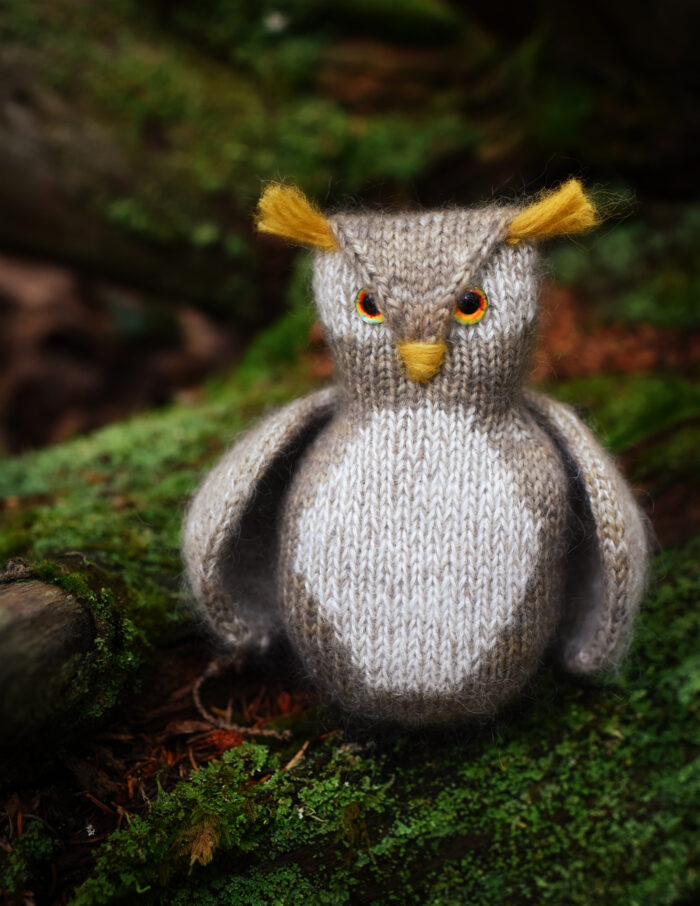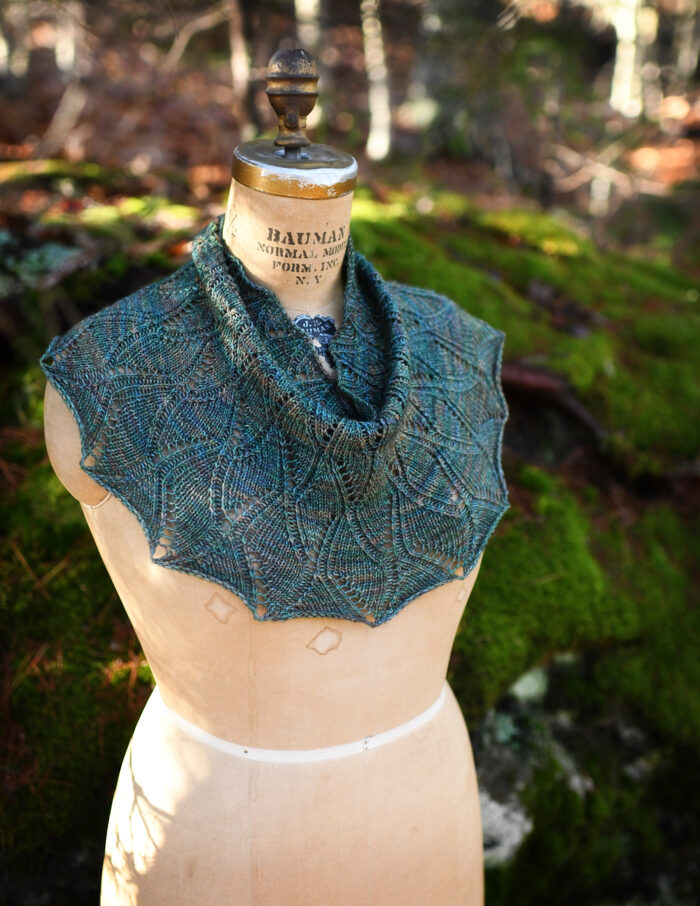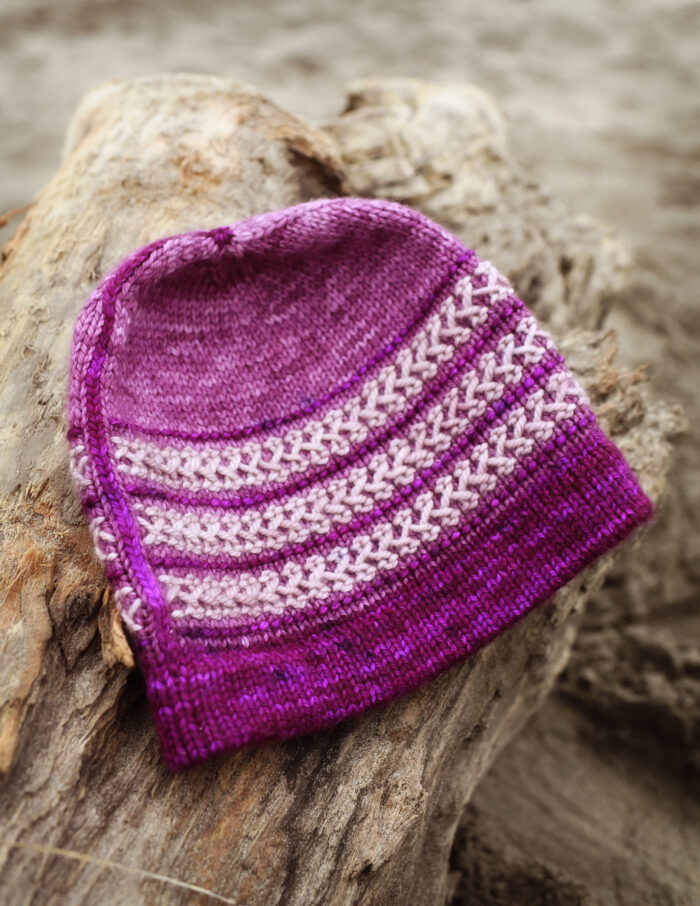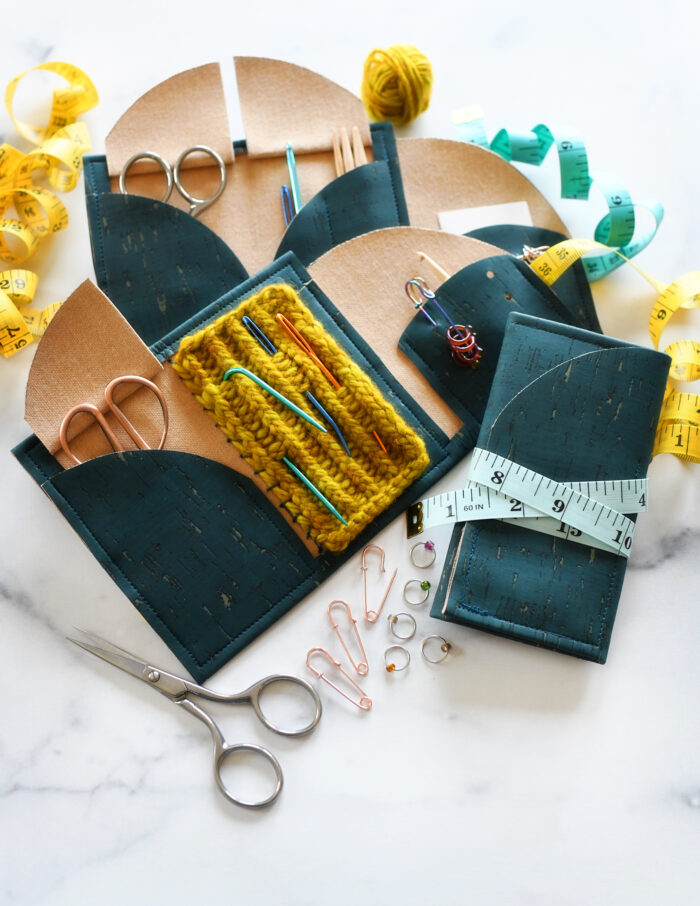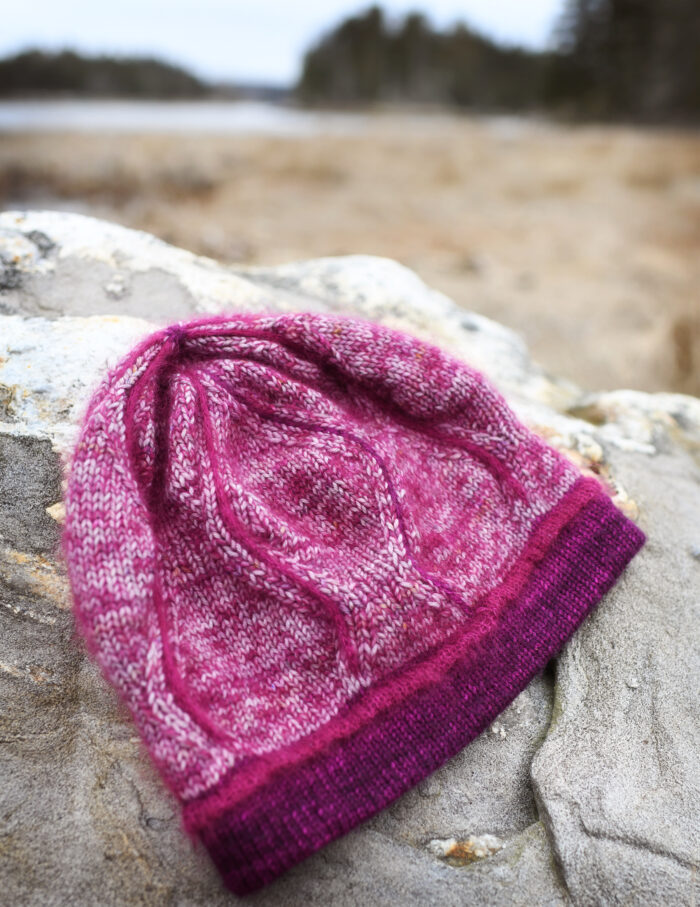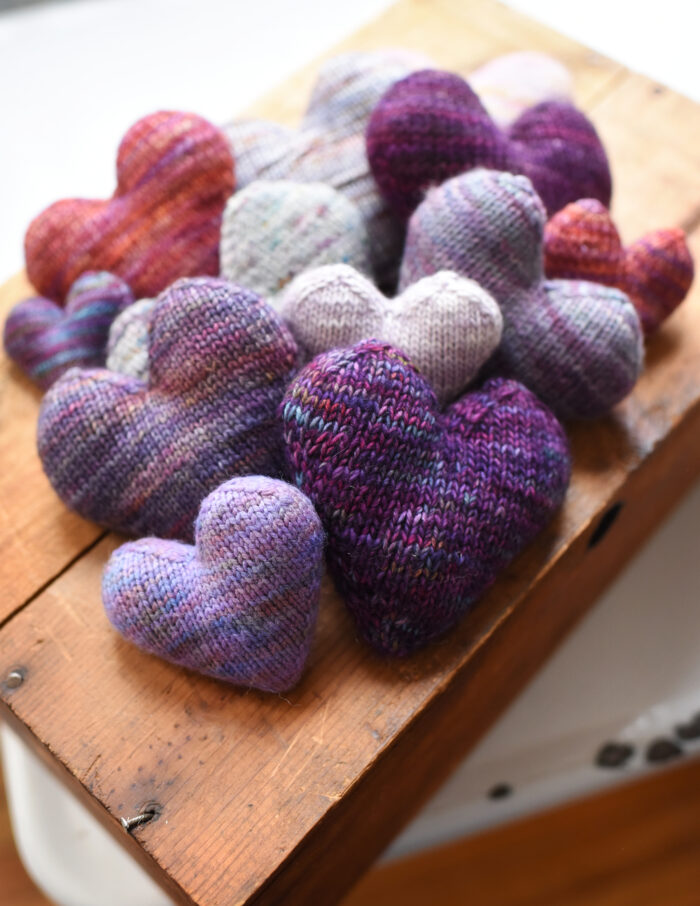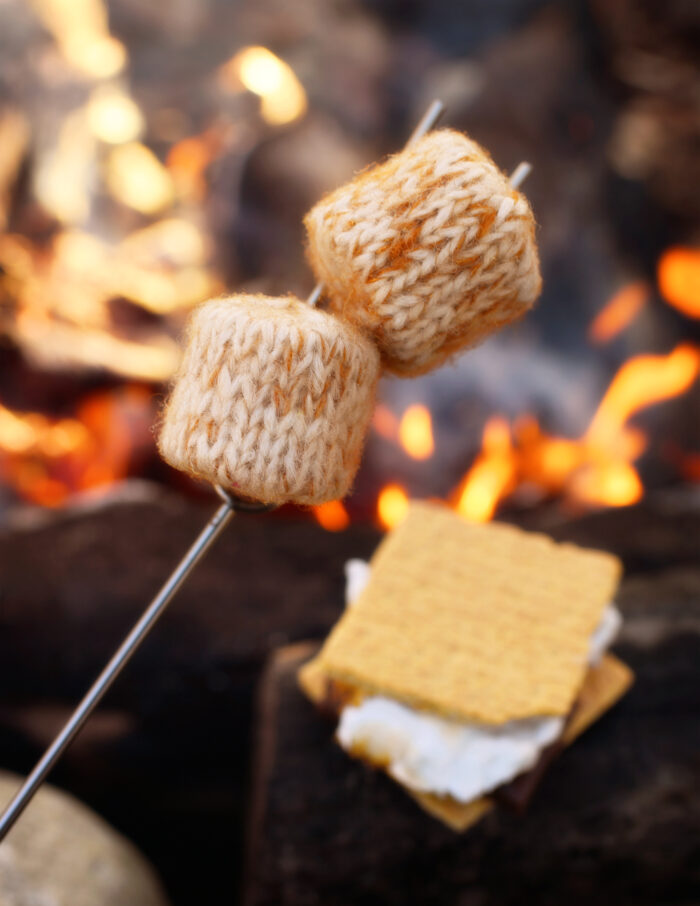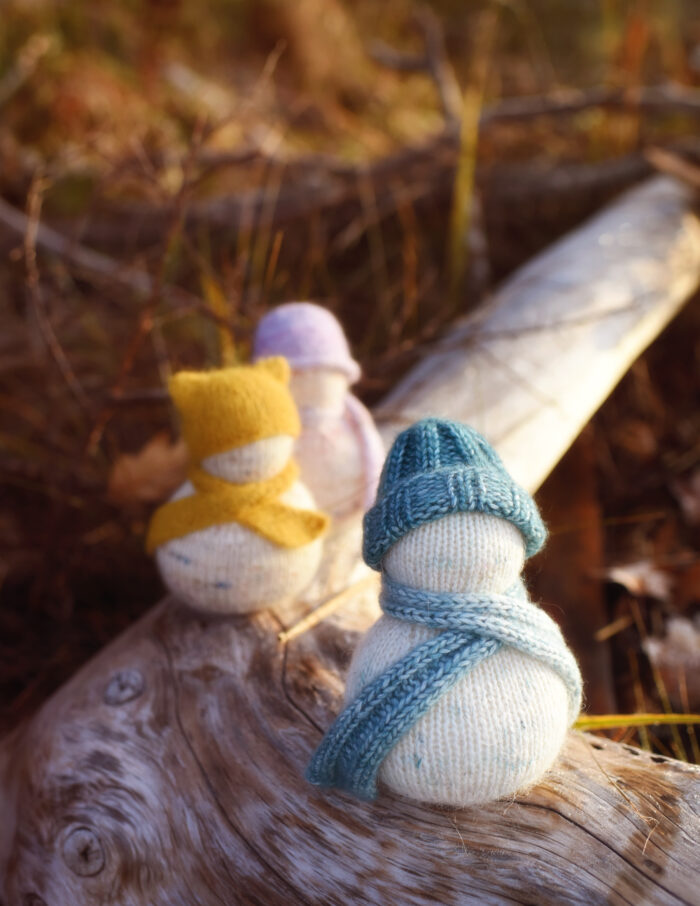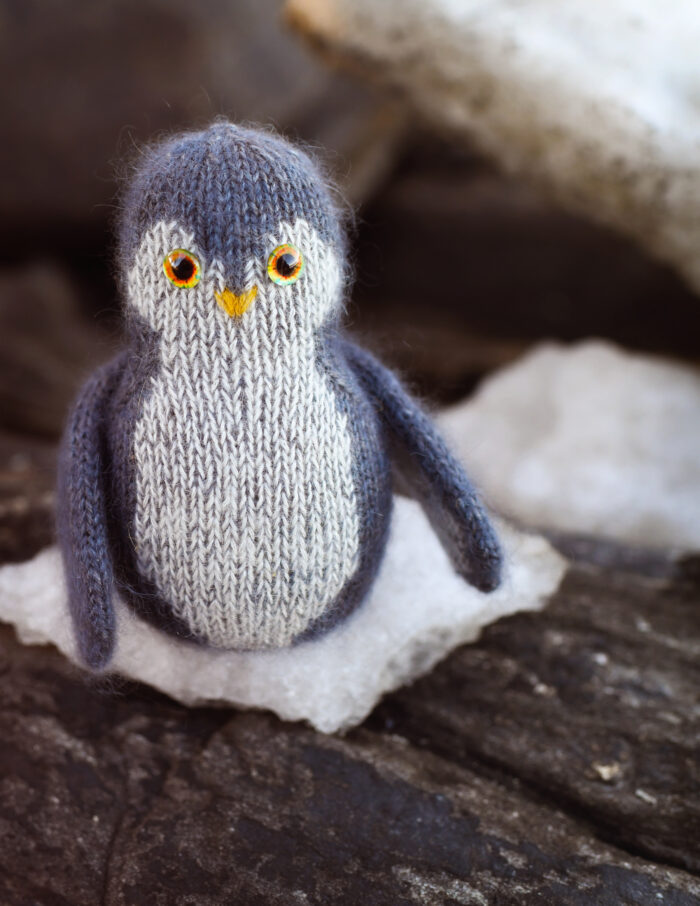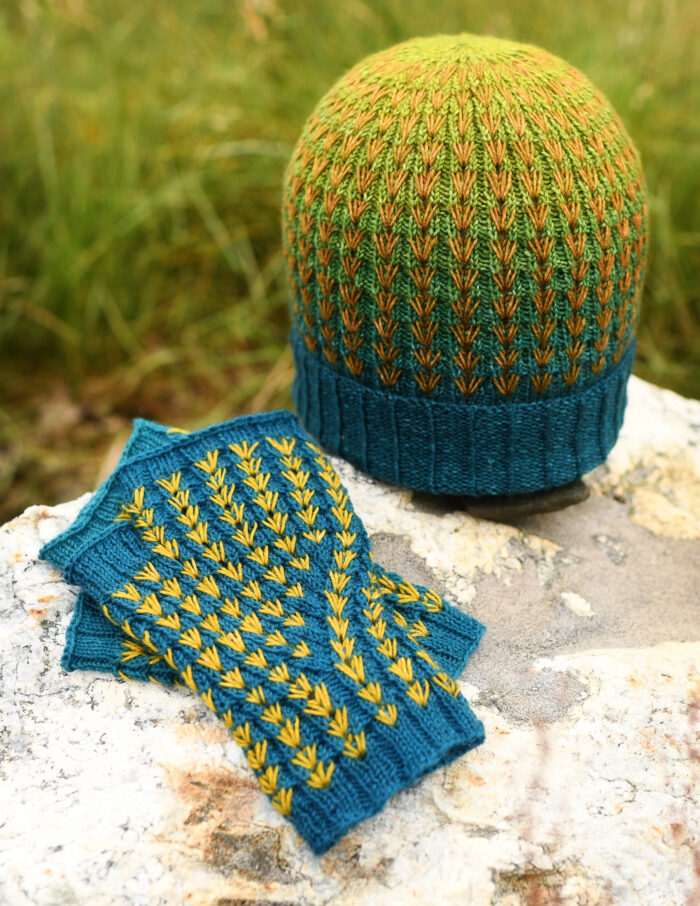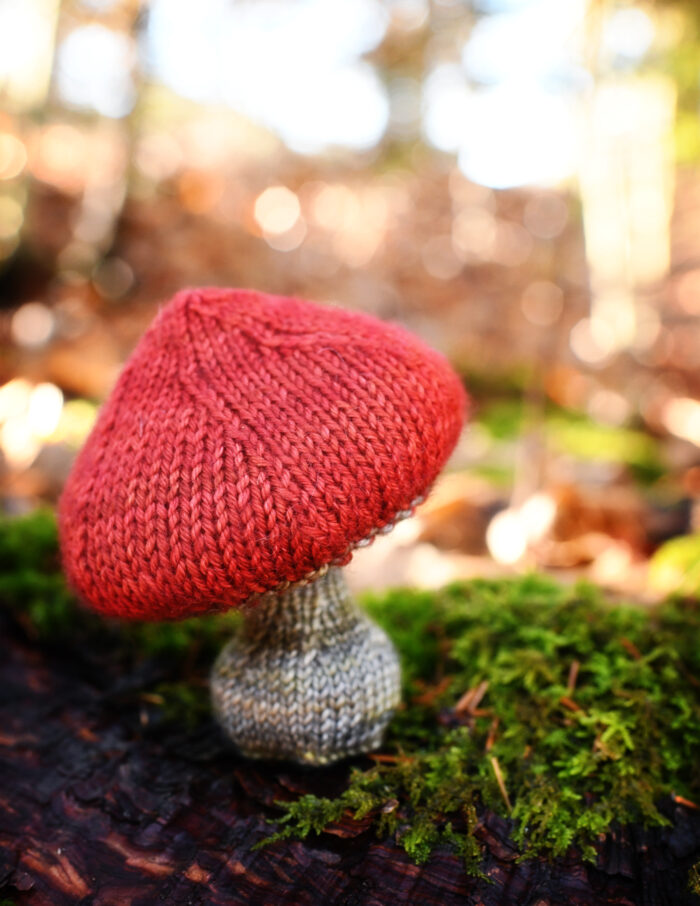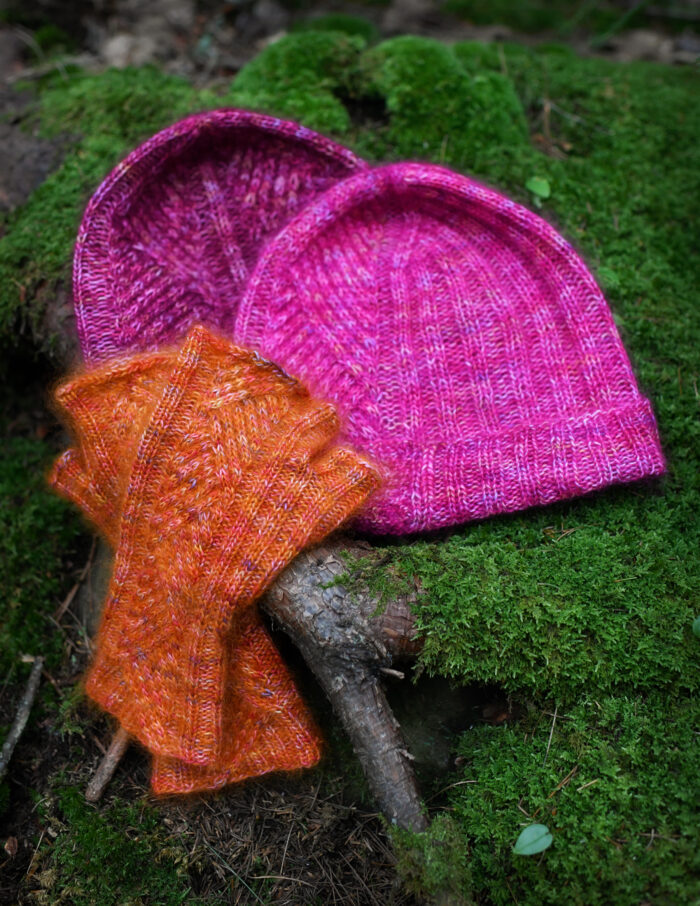Popped Expansion Pack
This is a digital download (a PDF), not a physical object.
This e-book is available to patrons in the Utter Nonsense and Rampant Nonsense tiers until June 30 2024. It may be available elsewhere later, but it will be exclusive to patrons until then. The Utter Nonsense level is only $6 a month (that’s less than the price of a single pattern), you can cancel at any time, and you’ll get a bunch of other patterns when you join (you can see a list of them here).
This…this isn’t a normal pattern. It’s not instructions for how to make one specific thing. Or rather, it’s not only instructions for how to make one specific thing (don’t worry, I will totally tell you exactly how to make those hats). Instead it’s more like a bag of blocks—a whole bunch of pieces you can stack up in lots of different ways to make all sorts of things.
You see, I’ve come to realize that the thing that makes me really love a pattern is having all the bits and pieces of whatever I’m making flow nicely into each other. Now, exactly what that means will be different from pattern to pattern! On a sock it might mean having the heel and toe line up just so with the pattern on the leg and foot. On a hat, it might mean having the crown grow smoothly out of the body. The details will be different every time, but keeping elements from the main stitch pattern going throughout the whole thing and having everything transition organically between sections is what makes it all just click in my brain.
That usually means I end up coming up with a whole bunch of little pieces as I work on a design. And then I stack those pieces up to make whatever I want (hat, socks, cowl, mitts, shawl, whatever tickles my fancy that day). Because once you have the pieces, mixing them together to make something is easy!
So what I’ve done here is take the main stitch pattern from one of my sock patterns (Popped) and charted out all the pieces you might need to take that stitch pattern and use it in all sorts of other things. In this case, that’s an initial rib, a way to transition from the initial rib into the main stitch pattern, the main stitch pattern, two different ways to transition from the main stitch pattern back out a final rib, and final rib. I’ve charted each of those out, both flat and in the round, for four different widths (a main stitch pattern 16, 18, 20, and 22 stitches wide), then I added a couple of increase and decrease options for things like thumb gussets or hat crowns. And now you can take those pieces and put them together to make whatever you want (don’t worry, I also included a couple of sizing guides for hats and socks and mitts to help get you started).
I’ve put the pieces together to make two different hats, just to show you an example of what you can do. But you could absolutely turn these into mitts or a cowl or socks or whatever else you can dream up. I can’t wait to see what you you create!
General information
Think of this more like a bag of blocks. It’s a whole bunch of pieces (more than 70 different charts) you can stack up to make all sorts of things, rather than a specific pattern. Now don’t worry, I do tell you exactly how to make both of the hats you see in the pictures! But I do that as a starting point, as an example of how you might put the pieces together. My real intent is that you’ll rearrange the pieces to make pretty much whatever you want!
Skills & scope
If you’re just making the hats, this is all very chill. It’s just a bit of fancy, swoopy ribbing and some pretty little increases and decreases, all worked in the round, nice and mellow. If you decide you want to venture off on your own and try something new, your imagination is the limit and you can do whatever you want!
The pattern uses charts, so you will need to know how to follow a knitting chart.
Yarn, gauge & sizing
Because this is a bit different than your usual pattern, it’s a bit tricky to talk about gauge and sizing. If you’re making the hats in the pictures, you’ve got more than a dozen different size options and ten different gauges to pick from. That means you can use just about any weight of yarn from fingering up through worsted, and there will be a size to fit pretty much anyone’s head.
And if you decide to make something all your own, I’ve included sizing guides for hats, mitts, and socks that will show you what size head or hand or feet those projects will fit at a whole host of stitch counts and gauges to help get you started.
The hats in the pictures took about 125 yards of super bulky-weight yarn. If you’re working with thinner yarn, 250 yards is a safer bet.
Tools & supplies
If you’re making the hats, you’ll need needles that let you work in the round (circulars or DPNs) in whatever size lets you get a solid fabric with your chosen yarn plus the general knitting tools you need for most projects (scissors to cut your yarn, a darning needle to weave in ends, the occasional stitch marker or bit of scrap yarn to hold stitches). If you’re making something of your own, you might need different things, but there’s nothing about the stitch patterns themselves that would make you need anything unexpected.
Mailing List
Want to hear when a new pattern comes out or something fun is going on? Sign up below!
Patreon
Want to support the content I create, get nifty bonus material for some of my favorite patterns, or get every new release delivered right to your inbox? Head over to patreon and sign up!
